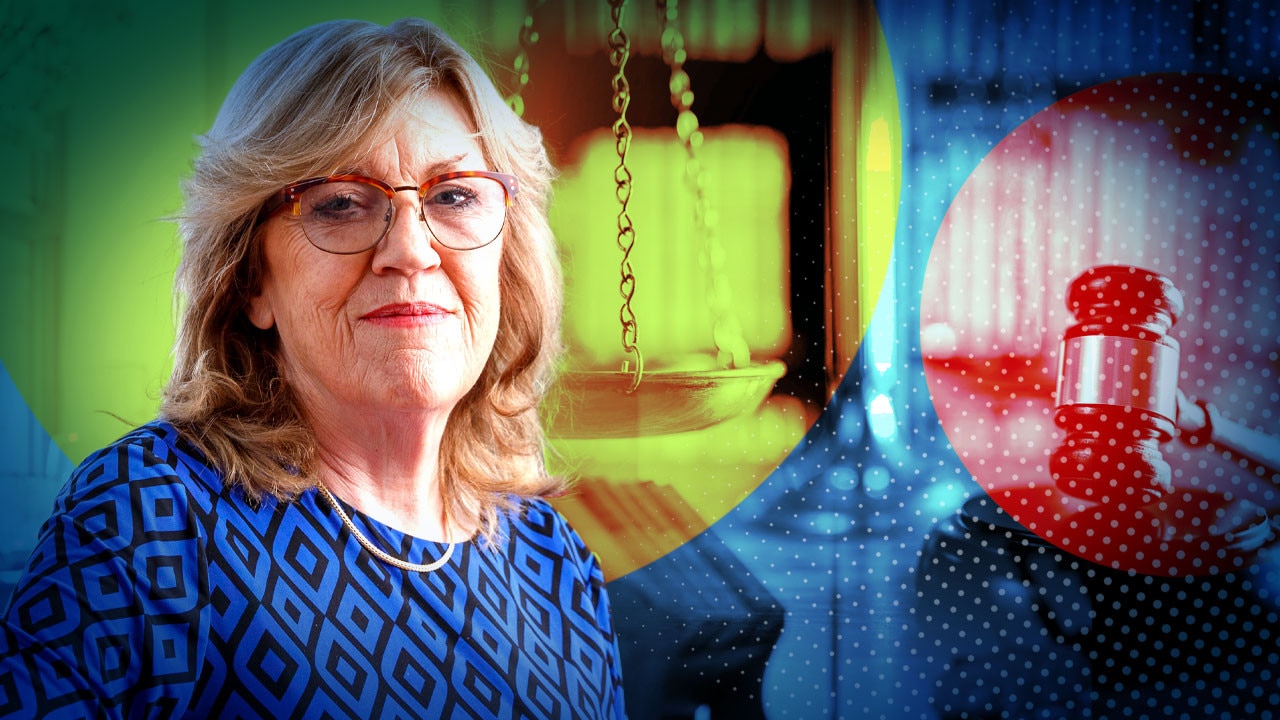Lady Justice Podcast: Episode 3 Jodie Ward The Body Hunter
Forensic scientist and Body Farm expert Jodie Ward is using new DNA technology to help solve infamous Australian cold cases and more as they pile up. Listen to the Lady Justice podcast.
Lady Justice
Don't miss out on the headlines from Lady Justice. Followed categories will be added to My News.
Forensic scientist Jodie Ward has forged a career talking on behalf of the dead.
Murder victims, missing persons and unidentified human remains are her specialties.
But not everyone has a stomach for documenting the secrets of the afterlife.
“It takes time to get used to the sounds and smells of death,” Dr Ward reveals in episode three of News Corp’s podcastLady Justice.
“ … I think it just comes with time where you can dissociate from that item of evidence and treat it as an item of evidence, which it is always obviously with the utmost respect and dignity for that individual.
“But we need to examine that exhibit, whether it’s a leg bone, whether it’s somebody’s tooth, whether it’s a whole deceased individual.”
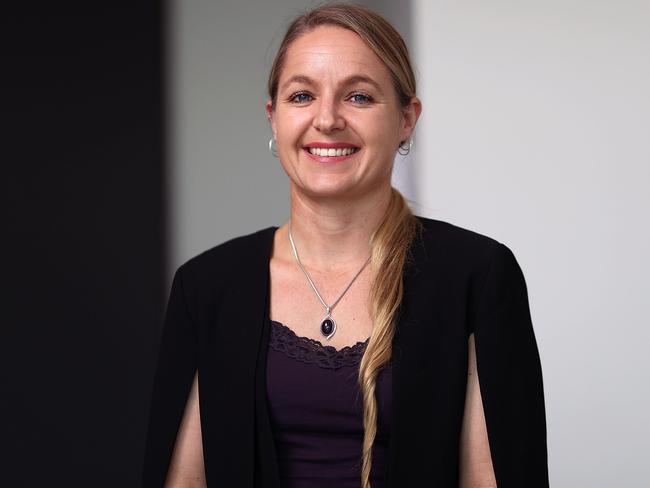
Her groundbreaking work has helped crack police cold cases including identifying the remains of Sydney man Matthew Leveson and long-term missing Tasmanian woman, Joyce Baxter.
She has solved decades-old military mysteries including revealing the identities of Australia’s ‘unknown sailor’, and two fallen WWI soldiers.
Dr Ward and her scientific team also study decomposing bodies at a secret property dubbed “the Body Farm”, south of Sydney.
Listen to episode 3 of Lady Justice here:
At the farm — officially known as the Australian Facility for Taphonomic Experimental Research, aptly shortened to AFTER — there are 100 bodies at a time in various states of decomposition in recreated crime scenes, such as shallow graves, wrapped in sheets, in cars and or in bushland.
“You can’t recreate these sight, sound and smells of death without using human donors,” Dr Ward said.
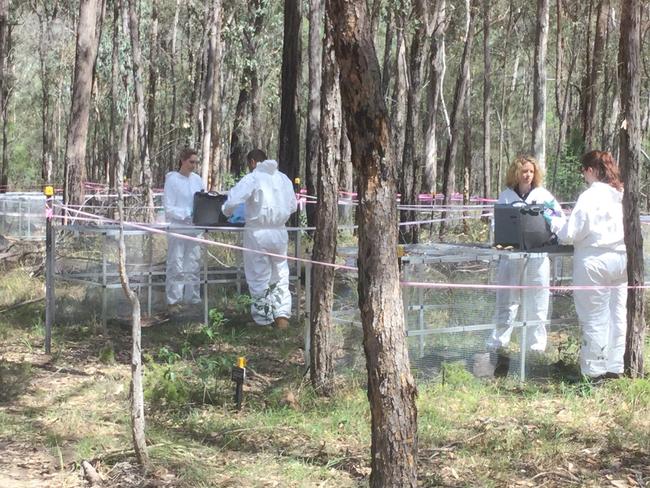
The work at the Body Farm has already discovered that corpses can move after death, although it is far from the lifelike movements of the Living Dead Zombie movies.
Just how far and how much they move is now the subject of scientific experiments using time-lapse photographic equipment.
“We are exposed to death, sometimes on a daily basis and it’s not until you see the invaluable donations members of society are making … do you truly appreciate how wonderful death can be,” Dr Ward said.
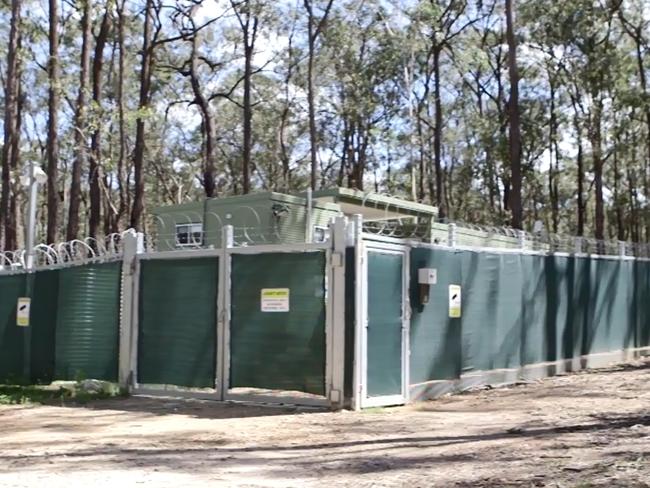
Now with new strides in DNA technology and access to more databases, her work could become a game changer for criminal investigations.
A new investigative technique called forensic genetic genealogy and public genealogy databases were used to famously unmask the notorious Golden State Killer as a former US police cop responsible for more than a dozen murders, 50 rapes and 120 burglaries.
These may be able to help unravel the secrets of the 850 sets of bones that have been discovered around Australia but never identified.
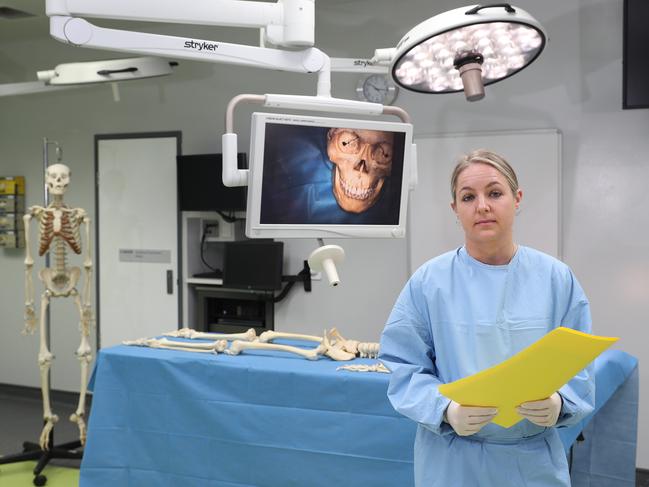
“Now it’s being used more and more for unidentified human remains cases, and our goal in the program is to start using that for those cases where we are unable to get matches using dental records or DNA,” she said.
“ … these databases have really evolved in the last few years and become extremely popular with consumers taking those direct to consumer tests like Ancestry.com to find their long lost relatives.
“So we can now use a subset of the DNA that’s sitting on those databases to search out unknown deceased person’s DNA to find distant relatives.”
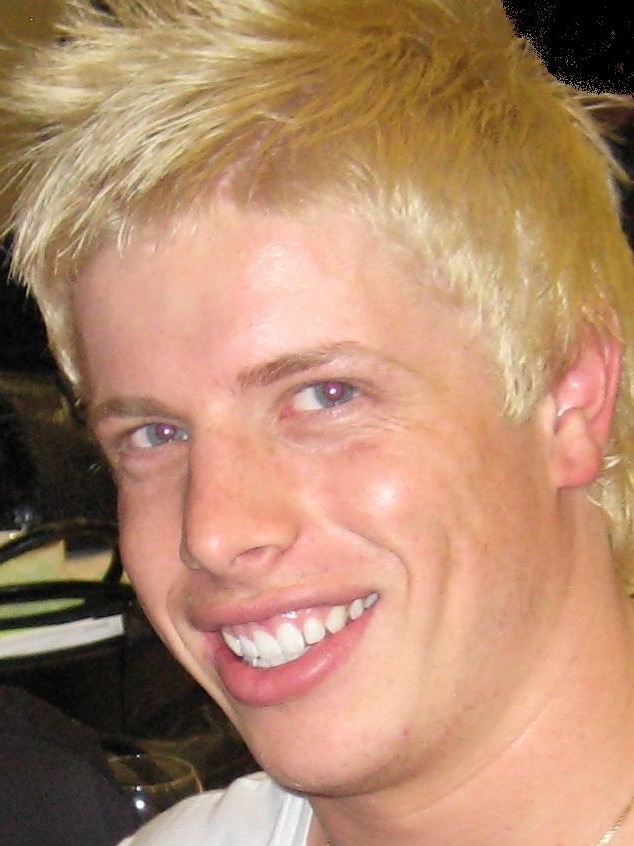
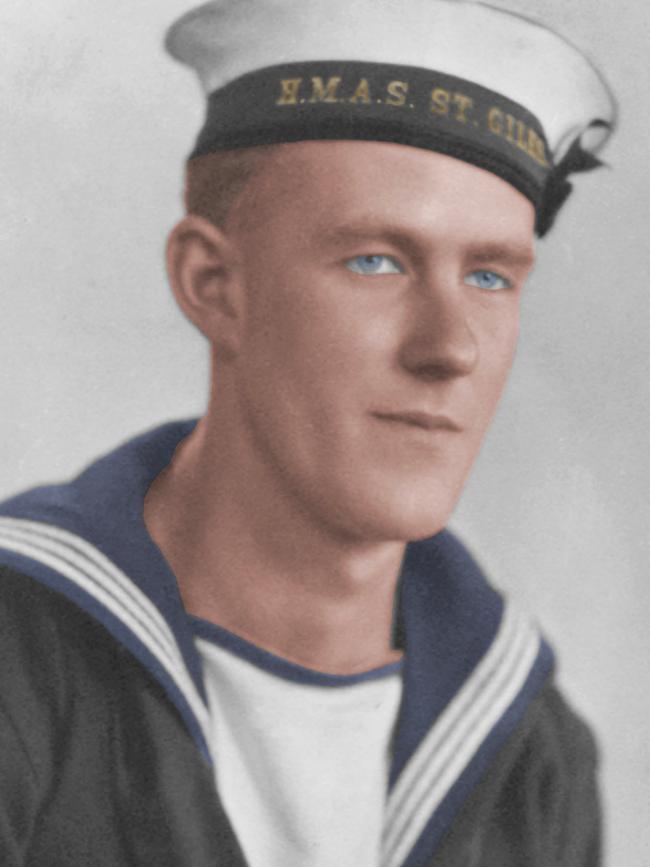
Dr Ward is the Program Leader for the Australian Federal Police’s National DNA Program for Unidentified and Missing Persons and believes some of those remains must belong to the more than 2600 long-term missing Australians.
One recent success was positively identifying the remains of Sydney man Matthew Leveson after his parents gave their DNA to police. He was last seen leaving a nightclub in 2007 and his body had never been found. But after some remains were dug up in the Royal National Park south of Sydney, a DNA match was made.
Dr Ward and her team also helped solve one of Tasmania’s oldest missing people’s case, Joyce Baxter, who had gone missing in Hobart in 1955.
Her remains were found 17 years later by some children playing on a track on Mount Wellington, Hobart, but the skull and bones were badly charred.
Dr Ward said the national program is appealing to all families of missing people to invite them to help by providing data they can use to compare with a set of bones or remains.
“(when) we’re dealing with a predominantly skeletonised (body), fingerprints isn’t an option for us, nor dental records, (because) as I mentioned, those dental records are only kept … for a finite period, so often for longer term missing person’s cases, they are no longer available.”
To listen to episode three of lady justice, go to ladyjusticepodcast.com.au
More Coverage
Originally published as Lady Justice Podcast: Episode 3 Jodie Ward The Body Hunter





